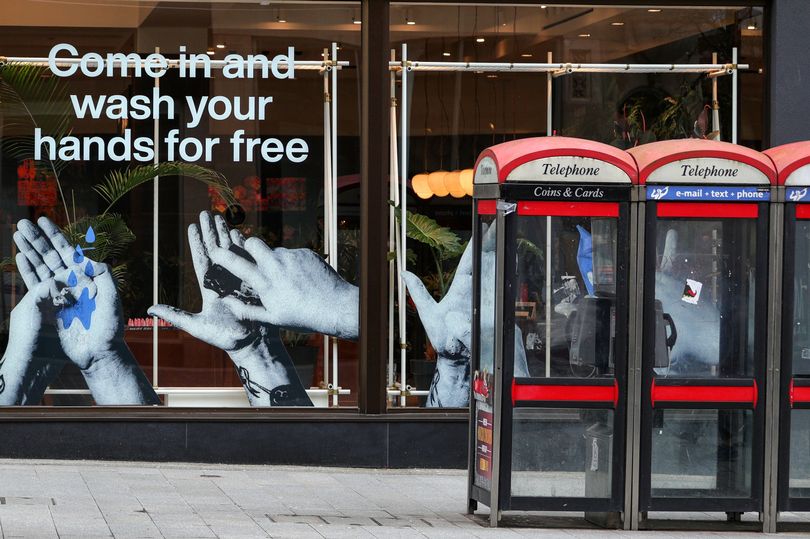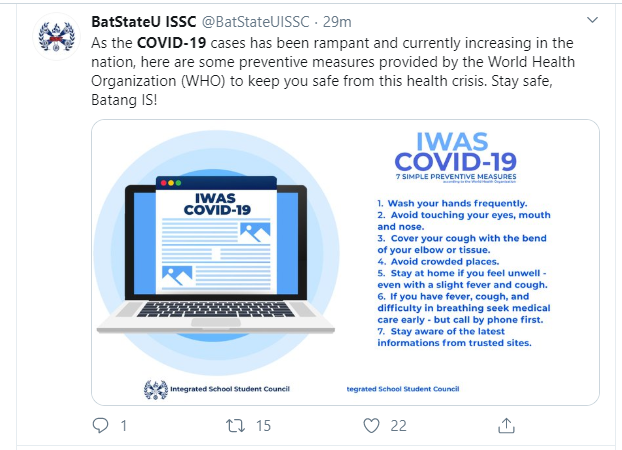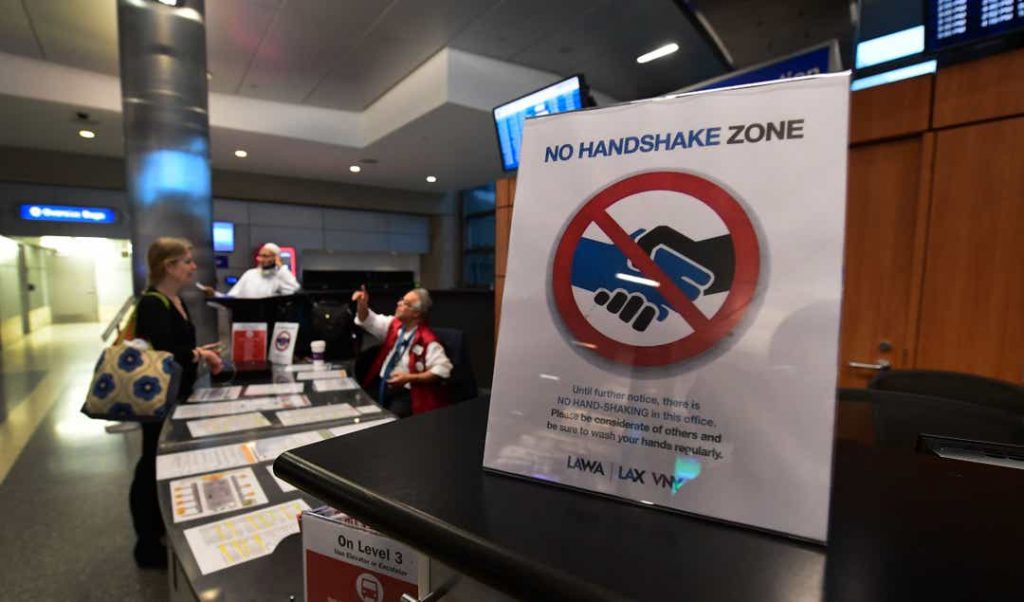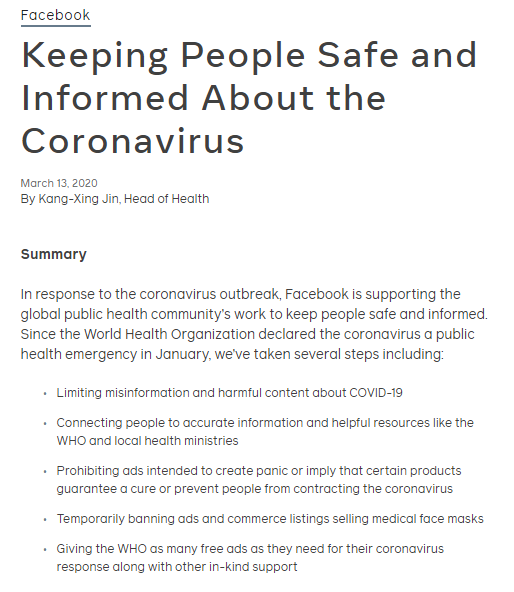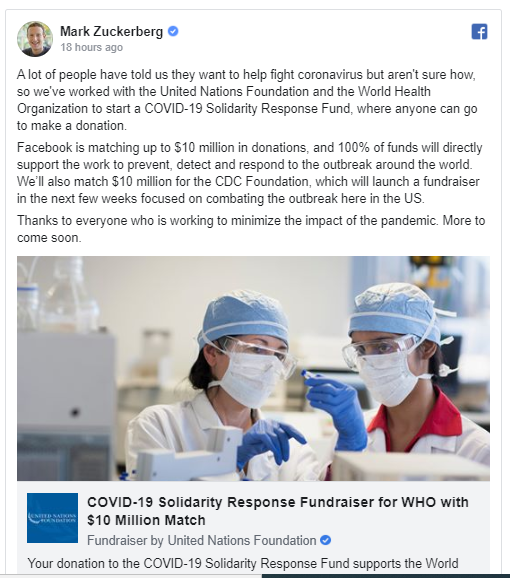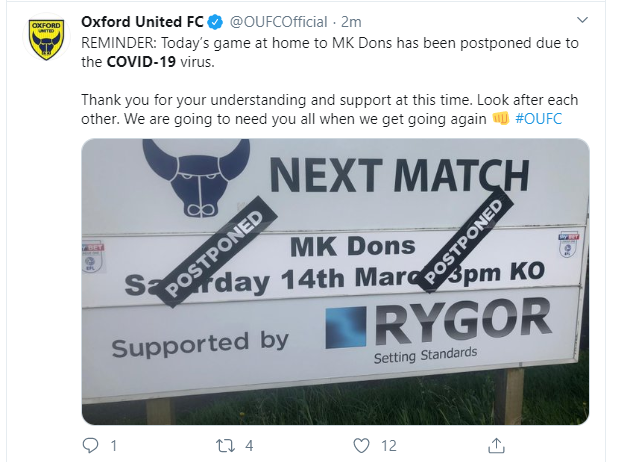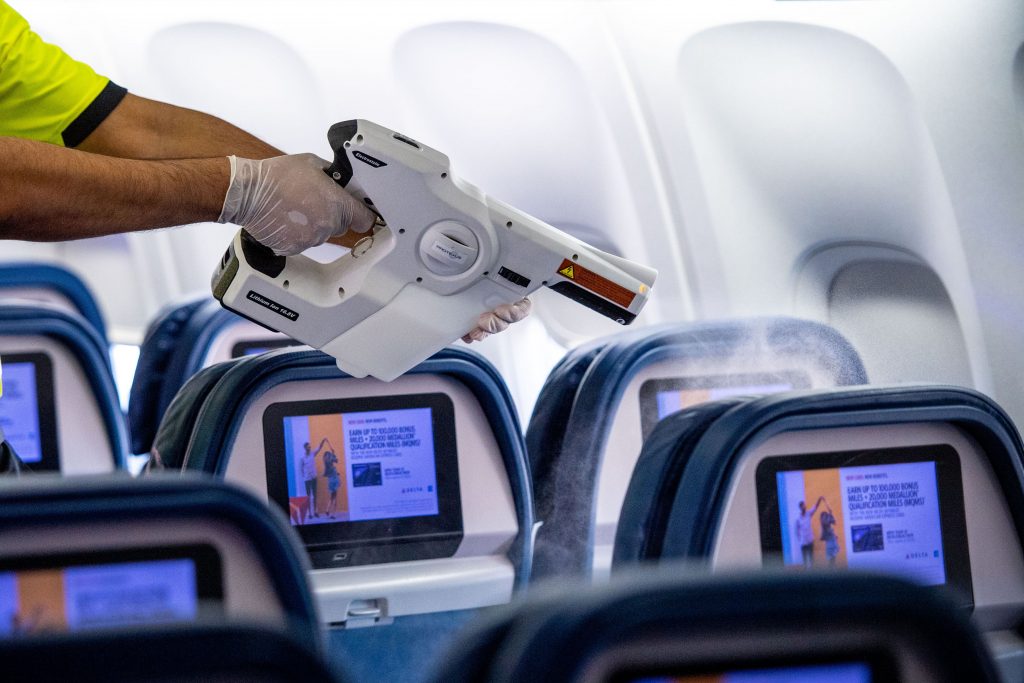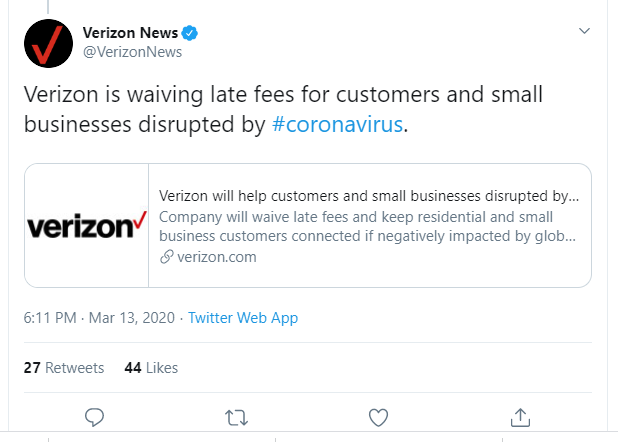Listening to the voice of the Customer
What is the voice of the customer?
Every firm desires to have loyal customers who through their consistent patronage eventually become company brand ambassadors or brand evangelists. A key strategy that an institution can implement to attract and keep customers glued to them is understanding their consumer’s needs. A Consumer need is a description by a consumer, of the benefits they seek to achieve after consuming your brand’s products or services. As they express their desires, their voices are heard. The voice of a customer refers to the input provided by a buyer in a buyer and seller relationship. This information helps the provider know exactly what to offer the consumer so that they can achieve satisfaction.
Why is this important?
An effective way for brands to achieve customer loyalty is to ensure that every client or customer who comes in contact with the brand, in one way or the other leaves satisfied. It should be a priority for every brand to listen to the voice of the customer because it directly or indirectly improves the competitive watch. When a brand listens, customer satisfaction is often guaranteed.
Customer satisfaction is a major competitive strategy and keeping customers happy is critical to long-term business success. As such, many companies have placed renewed emphasis on listening to their customers in an effort to better understand them. Customer-centric firms never leave the voice of their customers hanging or to chance. They constantly and consistently seek customer input and guidance to better serve their markets.
Many customers are not aware of the influence they have over brands. Brand equity starts with the customer. One of the primary roles customers play in business relationships is that they provide the information on the basis of which the trade is made. Communication from customers can help in smoothing daily business transactions, facilitating planning and reducing recurrent problems. It is therefore very essential to listen to the voice of the customer.
How can we listen to the voice of the customer?
A handful of techniques can be used to effectively listen to customers. These include but are not limited to; surveys, personal visits, interviews, focus groups, and complaints management. Brands may choose to make online reviews more fun, plan brand events and invite customers, especially during the customer service week to provide their feedback or to capture their voice. These strategies will enable brands to get first-hand information from their customers about the experiences they have with the brand and what can be done to make them better.
Some of these techniques are as simple as actively listening to the customer when they initiate an interaction with you or genuinely asking them how they feel about the service they have received. Other techniques such as surveys though still very simplistic could require the use of physical or digital questionnaires. Today, organizations make use of technological advancements in the areas of data science, and word and speech analysis to capture and analyze customer emotions and thoughts. There exist several voice of the customer tools that can be used to capture the voice of the customer.
What do Voice of the customer tools do?
Voice of the customer tools perform several functions that include and are not limited to;
- The collection of vast amounts of data from diverse sources such as emails, social media, customer interaction platforms and phone interactions.
- The Segmentation of data into useful subgroups based on the type of data and other internal similarities.
- The collection and analysis of data at different points of the customer journey.
- The use of natural language processing (NLP) technologies most of which incorporate linguistic categorization, emotion detection, and text and sentiment analysis.
- The generation of online and offline reports, real-time alerts as well as notifications.
- The performance of other advanced analytics on data such as support root cause analysis, correlation analytics and the detection of trending topics.
These are just a few of the capabilities of tech-driven voice of the customer tools and the extent to which technology can be used to drive the voice of the customer programs.
Note that, whichever voice of the customer strategy is adopted by your institution each method is capable of setting your brand apart from competitors. Listening to the voice of the customer should be a priority for organizations wishing to improve their competitive position by leveraging on service capabilities.
There are important questions every organization must reflect on when it comes to listening to the voice of the customer;
- Do we claim to be listening to the voice of the customer or do we actually do?
- What does it entail for us to listen to the voice of our own customers?
- How can voice of the customer programs change the way we deliver customer experiences?
Answering these questions is the first step to listening to the voice of the customer. If the customer is the reason for which our organization exists, then listening to their voice should be our everyday job.
Authors: Mirabel KIYONG, Kpunsa F. MBINKAR
Listening to the voice of the Customer Read More »





